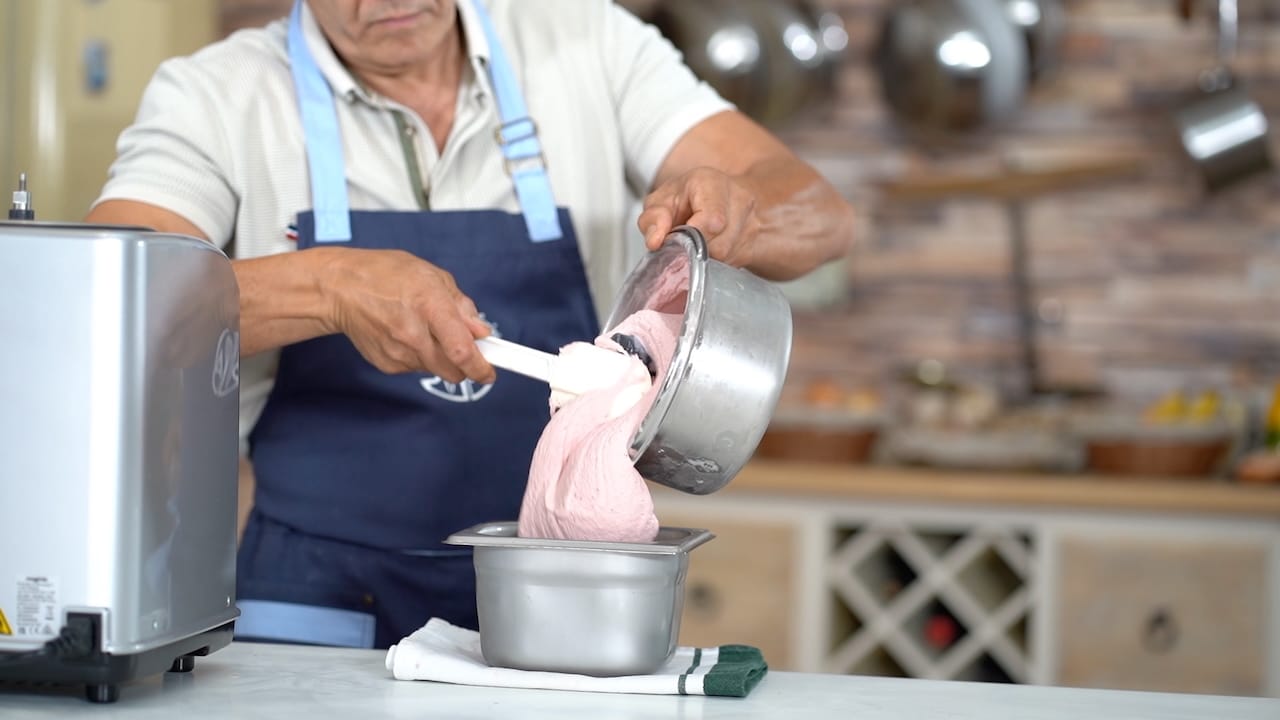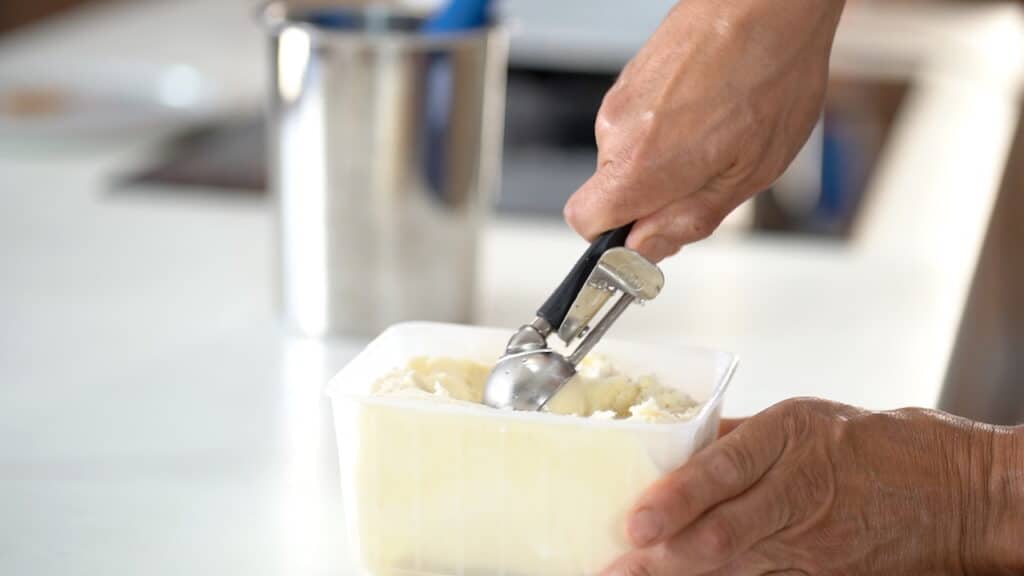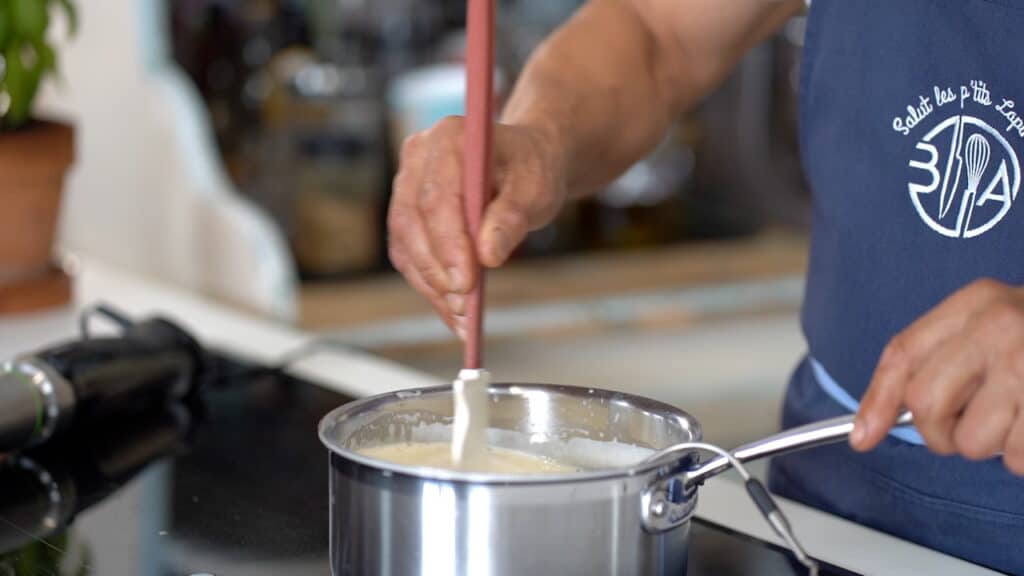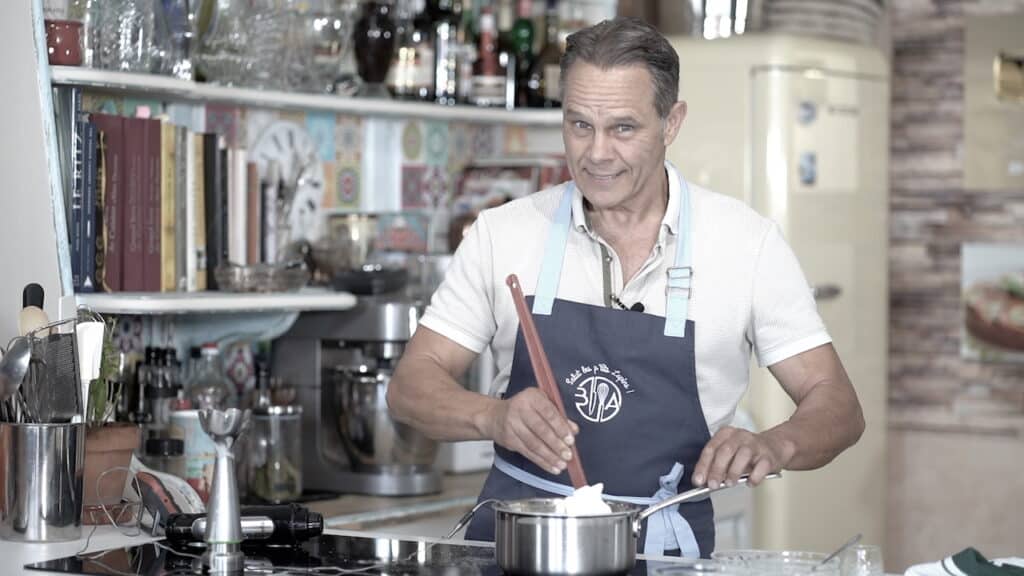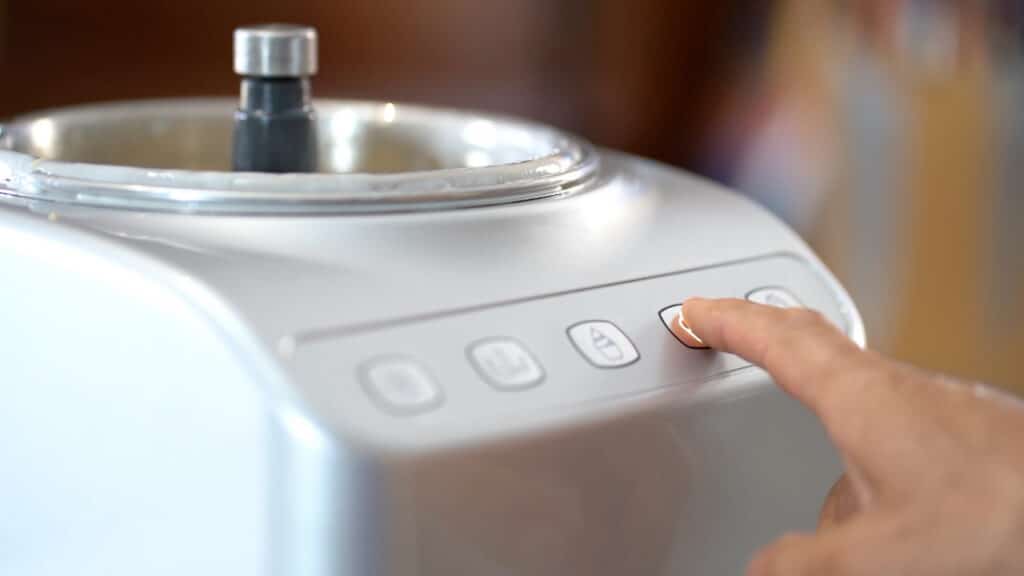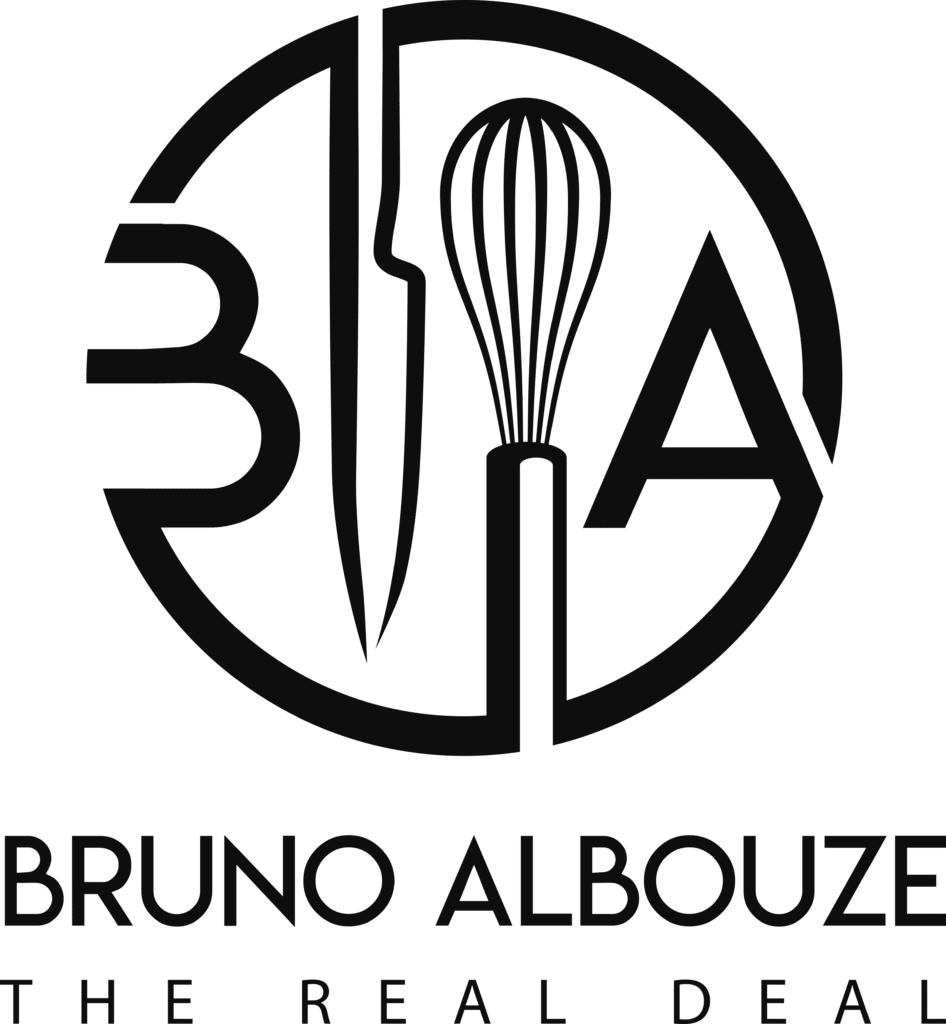Great ice cream begins long before the first ingredient hits the mixing bowl. Behind every scoop of perfect texture and balanced flavor is a well-organized, clean, and efficient laboratory. In professional glacerie, the quality of your production depends as much on your equipment and working environment as on your formulation skills. In this final article, I share the best practices I rely on daily, from choosing your tools to managing hygiene and sourcing ingredients with precision.
Notice: This article is part of a comprehensive series dedicated to the craft of ice cream and frozen dessert making. We recommend reading the articles in the suggested order. You can find all eight articles in this series listed at the bottom of the page.
Choosing the right equipment: build your lab for performance
Success starts with having the right tools for each stage of production. While your budget and space will guide your choices, here are the essentials I recommend for any professional ice cream workshop:
- Batch freezer or turbine: The heart of your lab. Choose a model that allows fast freezing with adjustable overrun control.
- Pasteurizer: Especially important if you produce your own dairy bases. Look for models with accurate temperature regulation and gentle agitation.
- Blast freezer: For rapid hardening, which locks in texture and prevents crystal growth.
- Refractometer: A must-have for measuring sugar content in sorbets and balancing freezing points.
- Storage freezer: Set at -18°C or lower, with consistent temperature and sealed containers.
- Chilled worktops or refrigerated cabinets: To keep ingredients fresh during production.
- Service equipment: From spatulas and heated scoops to dosing machines and display vitrines, choose quality tools that are easy to clean and maintain.
Always organize your lab into clean zones: one for hot preparation, one for cold mixing and storage, and one for serving or packaging. This structure helps with hygiene control and workflow efficiency.
Managing production flow: organization is everything
An efficient production cycle reduces waste, ensures consistency, and supports creativity. I recommend working in recurring blocks: base preparation, flavoring, churning, hardening, packaging, and cleaning.
Use checklists for each stage of production. For example:
- Before production: Check refrigeration temperatures, calibrate thermometers, prep ingredients.
- During production: Follow your batch sheet precisely. Note any deviations or problems.
- After production: Clean and sanitize equipment immediately, log batch details, rotate inventory.
Tracking your batches gives you full traceability and simplifies quality control. It also allows you to identify what worked (or didn’t) in each recipe or production run.
Hygiene and food safety: beyond clean, it’s critical
Ice cream may be frozen, but food safety remains a serious concern. Dairy, egg yolks, and fruit purées are all sensitive to contamination. That’s why hygiene is non-negotiable in any professional lab.
Core practices include:
- Handwashing and protective clothing: Wear hairnets, and clean aprons.
- Sanitizing surfaces and tools: Use food-grade disinfectants and clean between each stage.
- Cooling protocols: Rapid cooling after pasteurization is key to avoiding bacterial growth.
- Storage discipline: Use labeled, airtight containers. Rotate stock using FIFO (First In, First Out).
- Temperature logs: Monitor and record daily readings of all refrigeration and freezer units.
HACCP (Hazard Analysis Critical Control Point) principles should be integrated into your workflow. Whether you work alone or with a team, everyone must be trained to spot risks and apply corrective measures.
Sourcing and seasonality: quality begins with ingredients
What you put into your mix determines the final result. I always recommend sourcing ingredients from trusted suppliers with full traceability and technical data sheets.
For fruit purées, I look for consistent Brix, acidity, and no added sugars. Brands like Boiron or Ponthier offer reliability, but don’t overlook local producers in season.
For dairy, use pasteurized cream and milk with stable fat content. Consider alternatives like goat’s milk or fermented dairy for unique profiles.
Dry ingredients such as milk powder, dextrose, or stabilizers must be food-grade, sealed, and stored in dry, cool areas. For eggs, consider pasteurized yolks in liquid or if using fresh eggs, opt for pastured-raised eggs.
Whenever possible, I favor seasonal rotation. Summer calls for berries and stone fruits, autumn for nuts and spice blends. Freezing purées at peak season allows you to extend flavor authenticity year-round.
The lab is your backbone
Professional ice cream production demands more than culinary creativity. It requires discipline, organization, and commitment to quality at every level, from equipment to ingredients to hygiene.
By treating your lab like a true production space, you’ll gain better consistency, safer products, and room for innovation. Ultimately, the behind-the-scenes structure supports the front-end delight. Because great ice cream doesn’t happen by chance. It’s built from the ground up.
This brings us to the end of our journey through the world of ice cream making. Whether you’re refining a sorbet, balancing a custard, or designing your own boutique lab, I hope this series has given you the insight and confidence to push your craft further.
